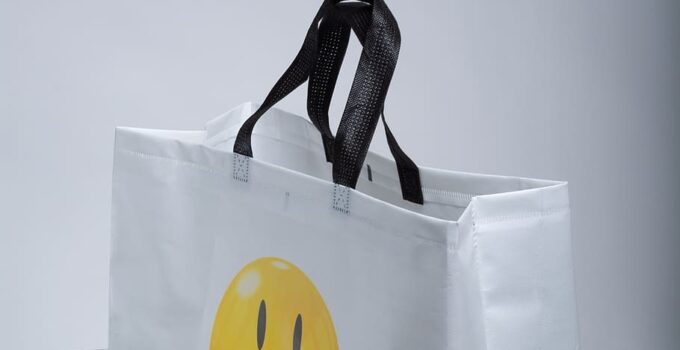Design is a tool that can help to draw consumers’ attention to products and increase sales. Packaging design helps to present the product in the most attractive light. High-quality packaging design helps to understand what the product is designed for, how to use it and, most importantly, causes a desire to buy it.
The well-established production process, careful selection of ingredients, high-tech equipment and quality control at the enterprise are the processes that make a really great product and ensure high quality. But there is one problem that creates a gap between the enterprise and consumers – consumers can not see these processes and characteristics when looking at the product itself.
The first thing that the consumer sees is the packaging of the product. That is why it is extremely important that your packaging can reflect all the necessary information about the technological processes, raw materials and ingredients that determine the quality and properties.
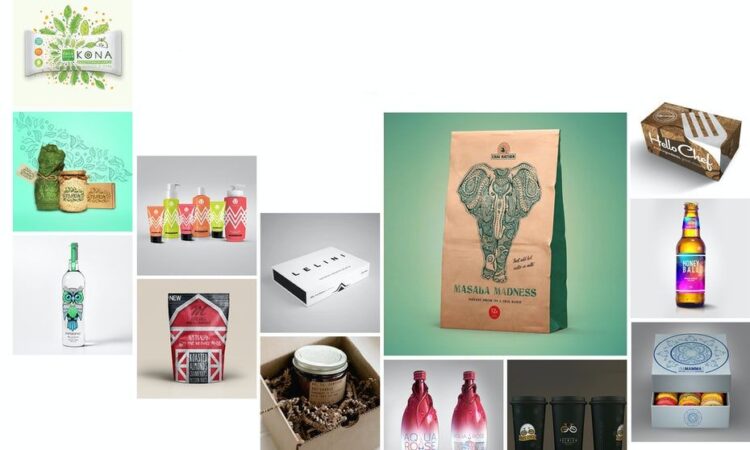
source:99designs.com
The consumer cannot assess the characteristics of it until it is consumed. When selecting and buying most foods, the consumer does not always have the opportunity to taste them – most often, the decision to buy is made only on the basis of an assessment of the external characteristics of the product.
Packaging design, as well as brand name – these are the external characteristics of the product, which the consumer is faced with in the first place. It is they who should very quickly convey to the consumer the idea about the internal characteristics of the product, its taste, quality and other benefits, for which he or she will buy a product
Product packaging is the main communication channel, which can create an emotional connection between the product and the consumer, generate confidence in the product and lead to an initial purchase. It is important to use this resource to communicate and provide the consumer with the necessary information: from a list of factors of trust in the manufacturer to a list of functional and emotional benefits of the product. And here the food producers are very lucky – after all, consumers almost every day find themselves at the shelf, and the packaging area is large enough to create a whole and bright image.
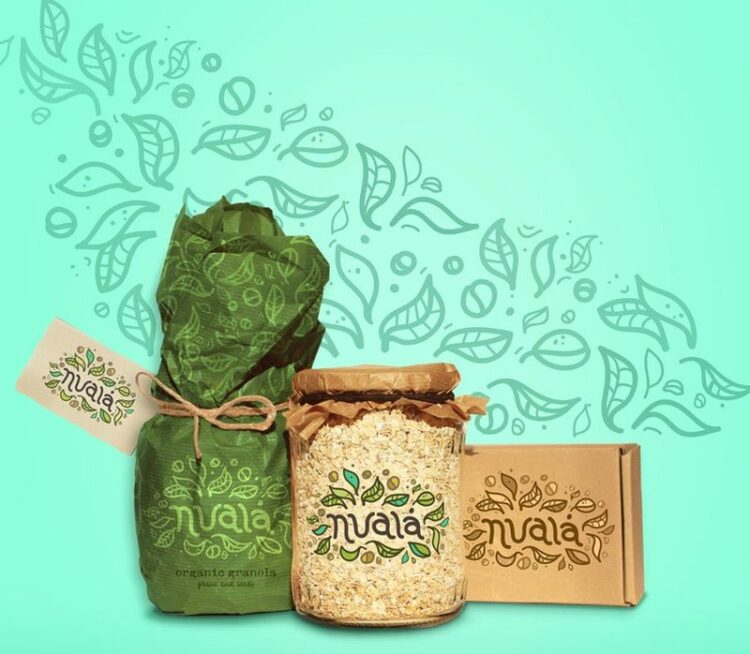
source:99designs.com
In categories where visual sales and impulse purchases are particularly important, such as in the muffin and pastry shop, packaging is a key factor that determines the consumer’s choice of a particular brand. At the same time, it will be equally important not to overload the packaging with unnecessary information – cut off the excess, leave the most important, most importantly – something that will attract your customer and encourage him to choose among the variety of bread is yours.
Let’s try to understand in detail the process of creating selling packaging and make a list of basic rules that allow you to assess the quality of the created design.
The key rule that will distinguish a well-made package from a bad one is the RULE of 3 accents and 3 seconds. During the first 3 seconds of looking at the shelf with your product, the consumer should identify in order of priority 3 product characteristics:
- Brand Style
- Product Name
- Brand name
Many people think that the process of creating a package is an exclusively creative process, but in my opinion, this is a serious mistake. There is a clear algorithm of work on the creation of packaging and experience a clear adherence to this algorithm allows to get a guaranteed result. The key to success is the quality of each stage and careful analysis. By analyzing the market and consumers, you get the information you need to set specific marketing goals for your designers. It’s not magic and not luck, it’s an algorithm that guarantees you a result in 99 out of 100 cases. Our approach to packaging design includes the following steps:
- Market and assortment analysis.
- Target audience selection.
- Selection of positioning, determining the competitive advantages of the product and brand.
- Creation of the Terms of Reference for the development of brand attributes – name, package.
So, let’s look at each stage.
Packaging design: key issues
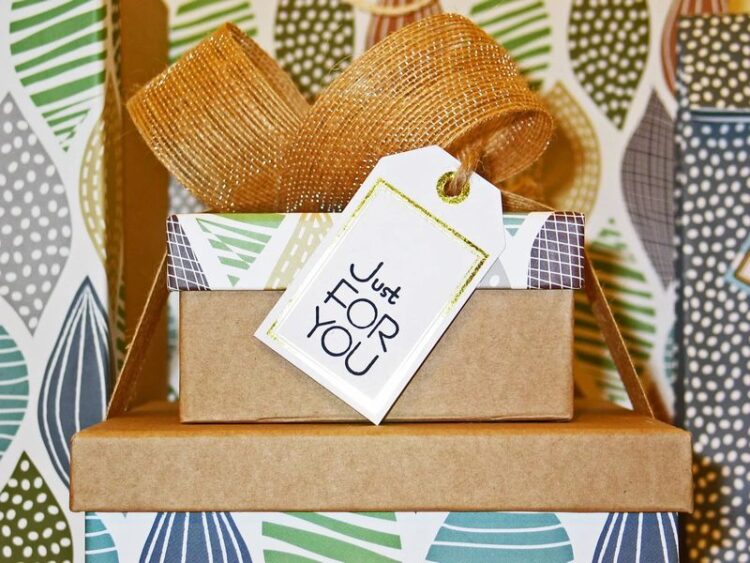
source:pexels.com
To create a selling package and label design, you need to answer 3 questions.
- What product is it designed for? When creating a label and package design, you should consider the main characteristics of the product. For example, for fragile items, you need tight packaging that can protect against mechanical damage.
- Who is the target audience of this product? Are they men, women, or do products fall into the unisex category? It is also important to know which price segment the product is designed for. All these factors influence the choice of packaging design. For example, when developing the design of a package for a luxury product, it is necessary to use elements that make you think about luxury: understated colors, embossing, etc. Products can be aimed at environmentally conscious people. In this case, the design of the package of goods must use natural materials.
- Under what circumstances do people buy products? It is necessary to know the place of purchase: supermarket, boutique, small or large retailers. The design of the package is perceived differently, depending on where the consumer sees it. The consumer’s reaction to the packaging they see on the internet and their reaction to the same thing on the store shelf may be different.
Packaging design development: major trends
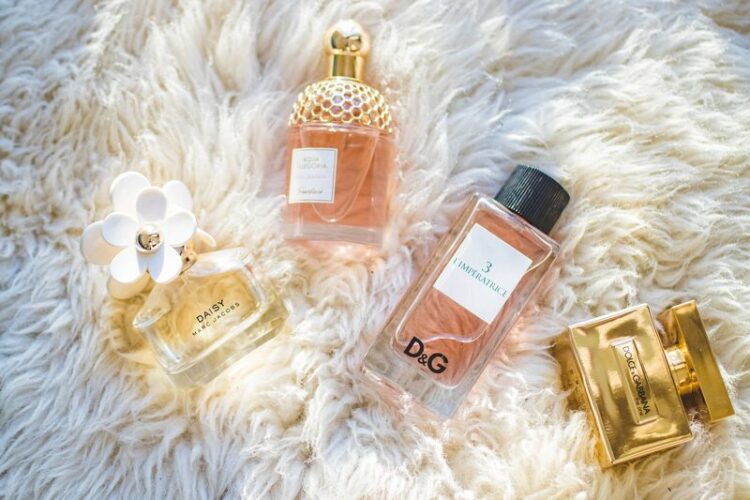
source:pexels.com
To create an attractive packaging design, current trends must be taken into account. In 2024, these include the following.
- Simplicity and clarity. In an ever-changing world, customers do not always have the time to scrutinize packaging. That’s why one of the main trends is maximum simplicity. This means minimum details on the packaging and only important product information.
- Fonts. Unusual fonts are able to distinguish packaging from other products. Specially designed fonts are similar to handmade fonts, they cause emotional attachment. Also the font is able to emphasize the features of the product. For example, curved, flowing lines are perfectly combined with water-based products: tonic, serum, lotions.
- Unusual colors. It is known that color can cause certain emotions and affect the decision to buy. Therefore, the choice of color is one of the most important stages of packaging and label design. It is easy to check it with ls.graphics. Bright colors and associations have become a modern trend. Sometimes it is difficult for the consumer to remember the name of the product, but he remembers that the product was sold in a box of a certain color.
- Using patterns. Correctly chosen patterns can make the design of the package more colorful. As a pattern, you can use a motif that reflects the inner essence of the brand. For example, a pattern in the form of leaves will emphasize the naturalness of the eco-brand.

